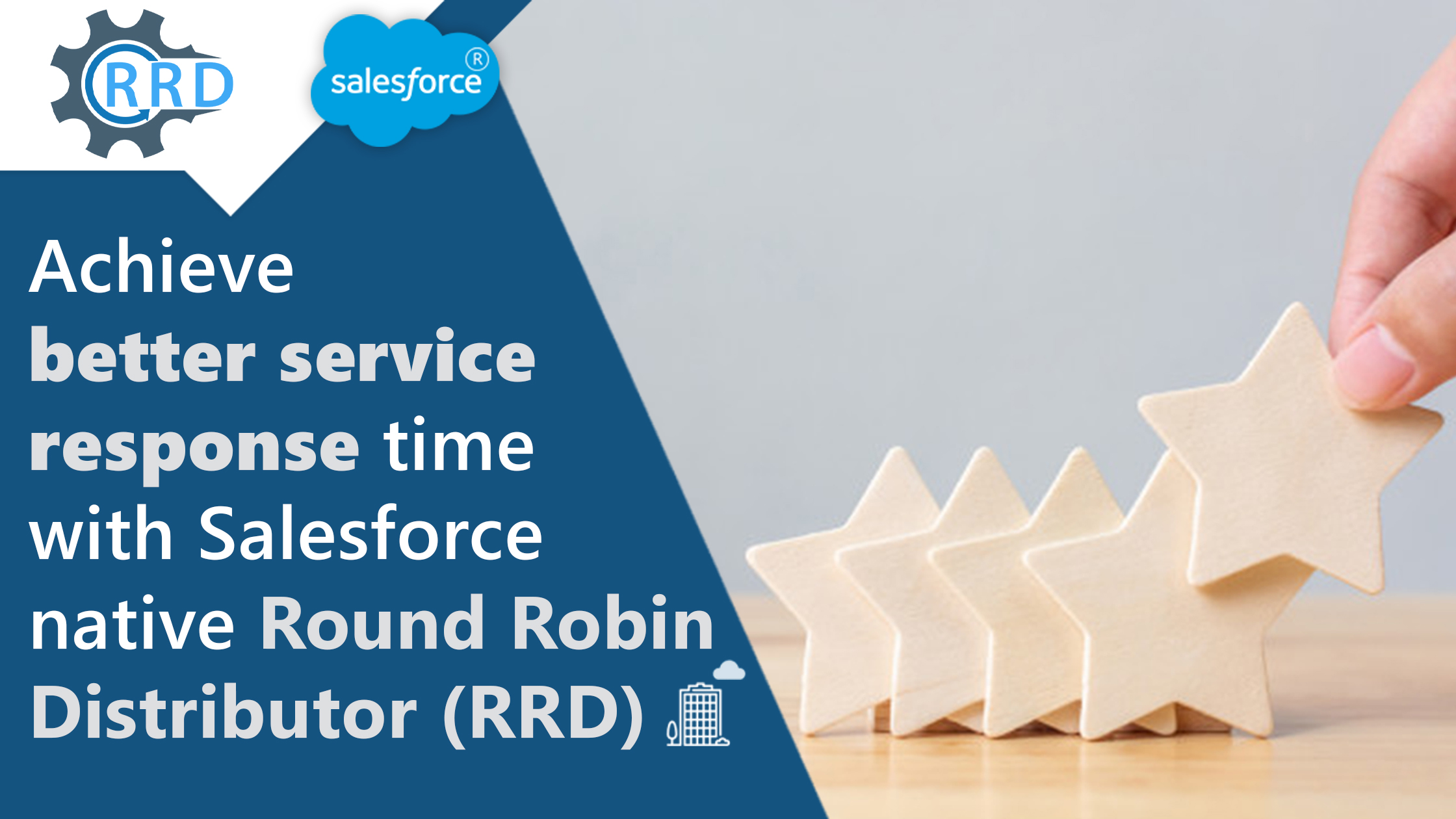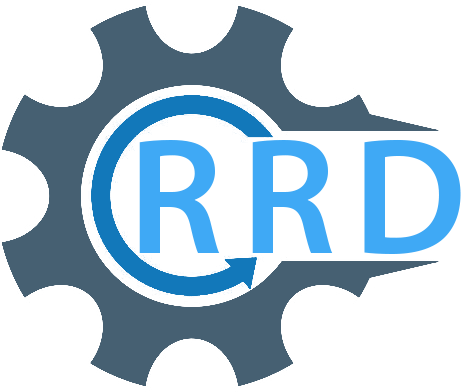Salesforce Lead and Case Assignment Rules Lightning

What are assignment rules in Salesforce?
Salesforce Lead Assignment Rules and Salesforce Case Assignment Rules are used to automate lead capture and service support processes by assigning incoming leads and cases to the right owner (User or Queues). Based on the defined formula condition and the criteria set the assignment is done to the users or entered into the queue.
To quote an instance from the actual setup: For web-to-lead or for email-to-case, the lead or case can be assigned on the basis of email subject or lead source to the defined user such as a sales rep.
Top 7 Use-Cases for Salesforce Case & Salesforce Lead Assignment Rules
Assignment rules are popularly used in organizations with complex structures to automate and make the assignment process more efficient. Rule-based lead and case assignment enable managers to save time and focus on streamlining sales funnel and eventually the bottom line. Here are some handpicked examples of how salesforce assignment rules are being used around
1. Round Robin lead and case assignment rules- Round Robin assignment for leads and cases can be simulated for your Salesforce org in simple steps by setting up a Round Robin ID (Formula type field on the Lead object) using the steps mentioned in this article for implementing Salesforce Round Robin. Round robin assignment ensures a fair distribution of leads and cases to your sales & service teams eliminating cherry-picking of records by certain reps especially if the team doesn’t have past performance data for reference.
2. Assignment based on Lead Source- Sales teams can handle incoming lead distribution from various sources in a matter of seconds and sort order of assignment to manage multiple offshore and inshore teams with inbound sources like web, emails, phone, social media campaigns, google ad campaigns, and many more.
It helps support teams and sales teams to segregate reps into groups to manage such a diverse range.
3. User Status based assignment- For organizations operating internationally, this could be used to maintain business throughput amongst remote and geographically dispersed teams working in shifts. The leads and cases can be transferred across as the working shift ends to the team online which helps to close and convert tickets based on configurable assignment rules.
4. Product Interest-based lead assignment- Helpdesks and support centers receive hundreds of calls on a daily basis and it gets hard to manage customer satisfaction as 70% of customers want to talk to the same agent on placing a call again. It’s essential to map agents to the customer based on the product inquiry, product feedback, installation, breakdown, equipment complexity, etc. and the product which the customer is using or is in process of purchasing.
5. Skill, Location and Experience-based assignment- Rule-based assignments can be done based on the agent skills (spoken language, the domain of expertise, etc), on reps’ and customers’ locations (city, state, country, zip codes, postal code, time zones, reps territory). Assignments can also be based on the experience; more weight could be assigned given the capacity of managing clients and giving the rep more priority.
6. Re-assignment of neglected leads & cases- As the load of inbound data increases, leads and cases add up to a bottleneck which develops very quickly. When inbound lead volume is on a rise, the leads add up to the queue and it’s essential to distribute it rapidly to the sales teams to minimize response time. Cases when an agent has exhausted the limit to hold tickets, they can be re-assigned to other members in the team to the next most qualified agent. It helps salesforce admins to maximize the overall performance of sales teams.
7. Load balancing & Capping- Volume management is a key part of sales management and it improves teams’ productivity by allocating a certain number of cases and leads to the reps. It could form big trouble when ignored and hence, with the growing awareness, system administrators are looking to find solutions that could cater to this need.
How Round Robin Distributor app can help with implementing these use cases in Salesforce?

1. RRD has configurations defined and customized to handle all possible case and lead sources, let’s say web-generated leads can be assigned to case teams and case queues with criteria having ‘source equals web’ for effective salesforce case distribution amongst agents.
2. Custom round-robin schedules and calendars are used by Round Robin Distributor for salesforce lead distribution and case routing based on the availability at the time distribution are scheduled or on a real-time basis. Monitoring reps schedule and activity is also possible with user status reports and helps Admins in auditing the assignments done in a certain interval.
3. Round Robin Distributor’s case assignment rules in salesforce are defined to handle scenarios (product based lead and case routing in salesforce) efficiently fulfilling the main goal of effective automation of your lead and case routing to the best available rep in the suitable teams.
4. Round Robin Distributor helps managers to assign capping on a team and user level.
As you can analyze from the above tips and methods, that Round Robin Distributor could prove to be the most powerful tool for your sales and service teams in saving the day. RRD is available for download on AppExchange and the team is available 24 X 7 to solve any use case and simulate the same for your business requirements on the go.



One Response
This is the perfect webpage for anyone who wishes to understand this topic. Luci Moe Vito